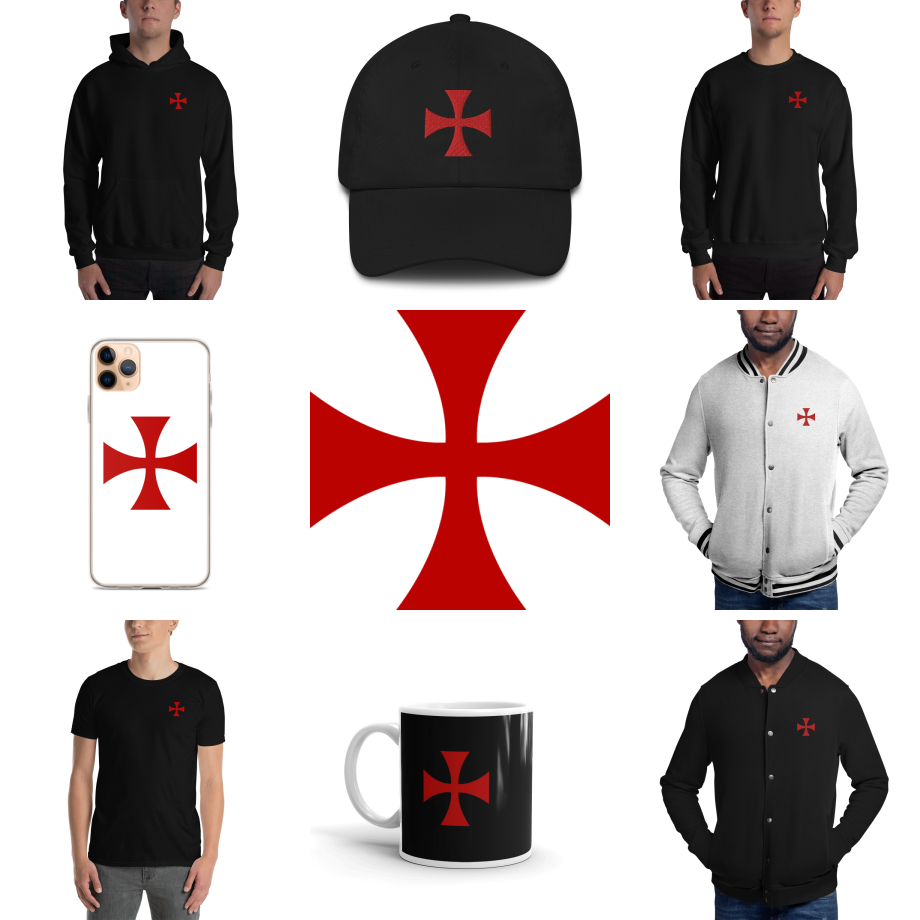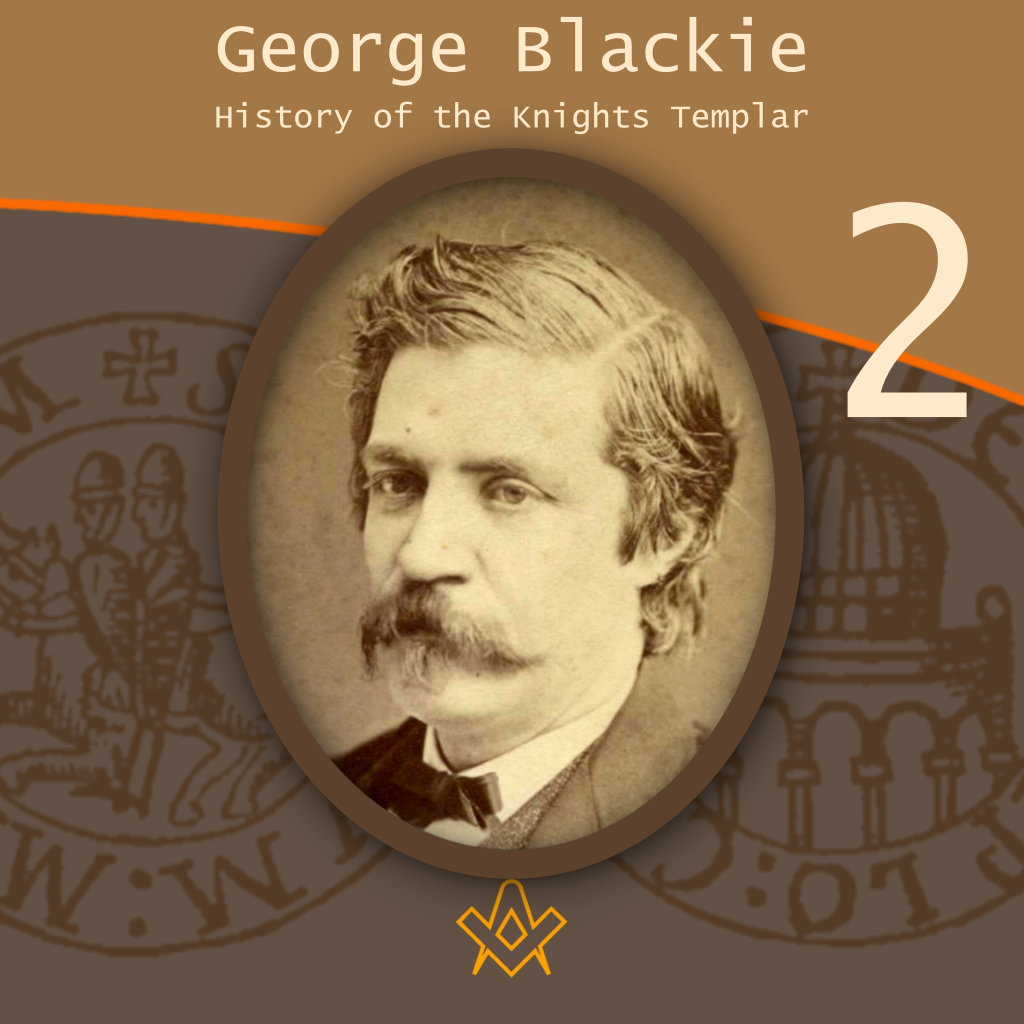Part 2 in the serialisation of ‘George Blackie’s History of the Knights Templar and the Sublime Teachings of the Order’.

George Blackie – The History of the Knights Templar P.1
First part in the serialisation of George Blackie’s History of the Knights Templar and the Sublime Teachings of the Order – by Kenneth Jack
more….
Philip IV., surnamed the Fair, (Le Bel) King of France, one of the most energetic sovereigns that ever occupied that or any other throne, had become King on the death of his father, Philip III., in 1285, when only seventeen years of age.
From the moment in which he was invested with regal authority, he determined that, in his hands, it should suffer no diminution.
Engaging in wars, he naturally exhausted his exchequer, and became involved in financial embarrassments to such an extent that the usual means to secure money, – by fines, largesses, and other imposts, – failed him.
He sought a new source of revenue, and he was not a man to stick at trifles, if the game was worth the catching.
He first debased his coinage till the people would stand it no longer, and then he cast his eyes on the Knights of the Temple, reflected on their enormous wealth, and resolved to destroy the Fraternity, and fill his own pockets with their spoils.
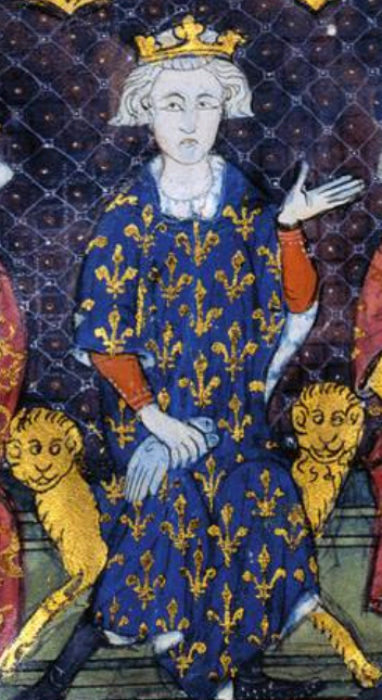
Philip the Fair, King of France
IMAGE LINKED: wikimedia Attribution 4.0 International (CC BY 4.0)
In this scheme, he had two able co-adjutors, men, like himself, his two ministers – Euguerrard de Marigny and William de Nogaret; and a worthy confederate, Pope Clement V.
This Pope was his creature, partly from gratitude, partly, some say, from positive agreement.
There is no doubt the regal influence had elevated him from the Archbishop of Bordeaux to the pontifical throne, and Clement had given marked proof of his subserviency by transferring the seat of the Popedom across the Alps to Avignon, in the French territory.
On Friday, October 13, 1307, the Grand Master of the Knights of the Temple, and all the Knights found with him in his residence in Paris, were arrested by command of Philip; and at the same time arrests were made all through France.
At once the accused were thrown into prison, and put in irons; the Kings seized their palaces and residences while he issued a proclamation denouncing them as monsters of wickedness, whose deeds and very words were enough to pollute the air they breathed.
The people were called to the royal gardens to hear the recital of their crimes, and were entertained by judiciously selected orators, who inflamed their passions, and painted the soldier-monks in colours of the blackest hue.
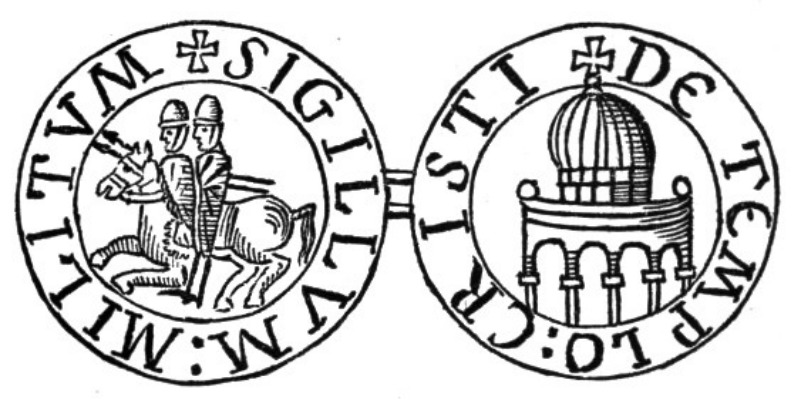
Seal of the Templars. By Thomas Andrew Archer, Charles Lethbridge Kingsford – The crusades; the story of the Latin kingdom of Jerusalem.
IMAGE LINKED: wikimedia Attribution 4.0 International (CC BY 4.0)
Many authorities agree that the two original accusers were men condemned by the Grand Master to perpetual imprisonment for general profligacy, both of whom perished disgracefully. One of them was hanged; but meanwhile they received their liberty as the reward of their imaginative powers and atrocious lying.
The charges were alike suited to the credulity of that age and shocking to the reason of ours. The initiation, it was asserted, was a medley of profanity and debauchery, and the education of the novice was a systematic course of wildest excess, a statement which bears absurdity on its face, for, though charges of no small weight might have lain against individuals, yet it is beyond probability that such conduct could have been tolerated at general meetings, or allowed at the reception of strangers.
It is now known, that the Knights in France and elsewhere were well aware of the conspiracy hatching for them.
A letter of the Pope, dated August 22, 1307, ten months before the arrest, testifies that the Grand Master and other Chiefs of the Order, had demanded of him a trial and investigation of the charges brought against them.
This readiness is presumptive proof of innocence; and even had they been guilty, the knowledge that their guilt was becoming known would have caused them to abandon, for a time at least, dangerous practices, had any existed.
Yet some of the suborned witnesses asserted that they had seen those things when they themselves were admitted, only a few weeks before the arrest.
These witnesses were persons who, by this species of evidence, obtained life, liberty, and estates, while those who asserted the falsity of these charges, knew that, by so doing, they consigned themselves to torture, imprisonment, and the stake.
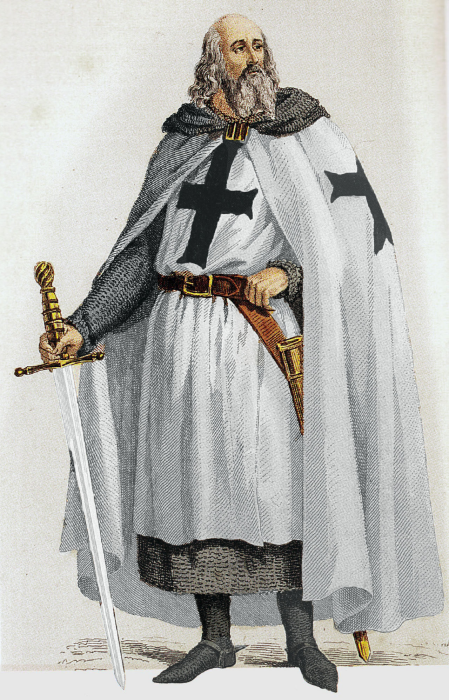
Jacques de Molay, Grand Master of the Knights Templar.
IMAGE LINKED: wikimedia Attribution 4.0 International (CC BY 4.0)
The former testimony, suspicious from the inducements held out to offer it, should be disregarded from its utter absurdity.
What, for instance, did they say? The novices were compelled, as soon as admitted, to trample upon the cross and to deny their Saviour.
At the same time, they, with the others, were required to pay adoration to a great wooden head, with a white beard.
The Knights were charged with the grossest, most daring, most purposeless impiety, an impiety utterly irreconcilable with their feelings and the habits of their profession, or even of their follies and vices; and their tenets were made to consist of every variety of outrage on the common faith, which could have made them revolting, if detected, and which were most easy to detect.
And to crown the horrid tale, it was asserted that the Devil appeared at their meetings in the form of a cat, which conversed with the Knights as they knelt and worshipped it! The whole account finds a parallel only in the unaccountable charges of witchcraft, and the trials therefor, which stain the history of Old and New England.
As soon as arrested, the Knights were put to the most horrible tortures to force them to confess their crimes. Those seized in Paris were made over to the King’s confessor, the inquisitor Imbert, an expert in his diabolical profession.
To such an extreme did he push his tortures, that thirty-six of our Fratres died on the rack. Others, unable to bear longer torture, by reason of physical weakness, like the poor old women in England, who confessed to improper intimacies with the devil, acknowledged anything required of them.
Among those was the Grand Master himself, Jacques de Molay, a noble of Burgundy, admitted a Knight in 1265, a distinguished warrior, elected to the office while fighting across the seas in 1298. He owned to having denied Christ, and trampled upon the cross.
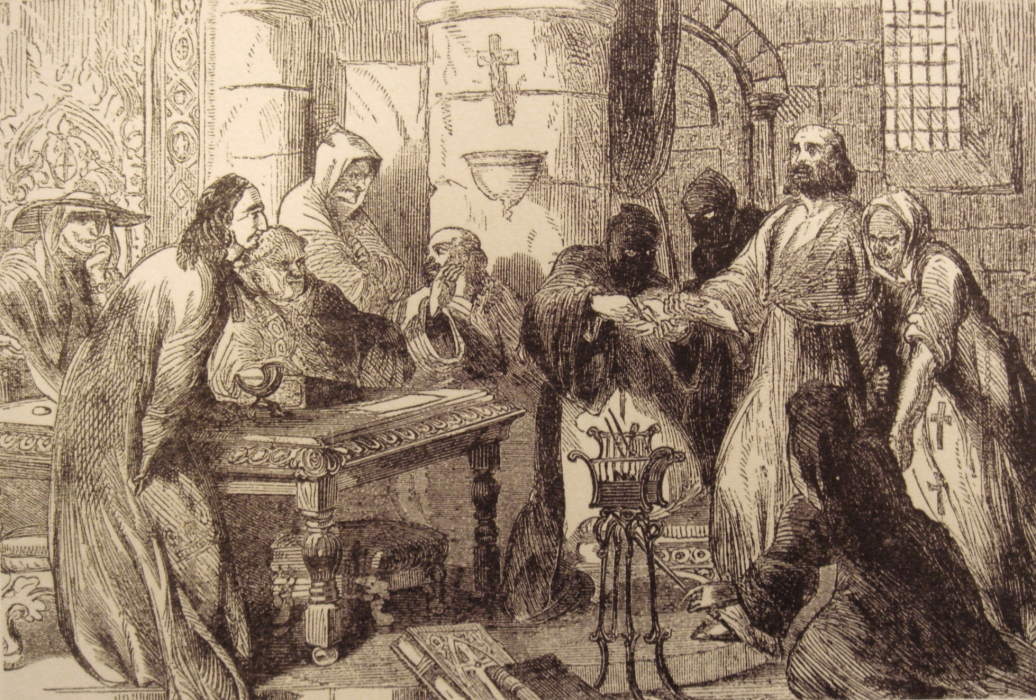
Interrogation of Jacques de Molay, 19th century print. Reproduction in “An illustrated history of the Knights Templar”, James Wasserman.
IMAGE LINKED: wikimedia Attribution 4.0 International (CC BY 4.0)
Many, who thus yielded in a moment of weakness, soon repented of their treason to the Order and to Truth, and indignantly recanted the confessions pain had extorted from them.
No one lamented his pusillanimity more than Grand Master de Molay himself. For two years, these unfortunate Brethren remained in prison starved, tortured, and dying, while the King freely spent their revenues.
At last, a commission met to try them, at Paris, on the 7th of August, 1309, and Grand Master de Molay was brought before it on the 26th of November, when he declared his intention of standing on his defence.
And now, Knights, listen to a record of the history of our Order, well calculated to make our blood boil with indignation.
Let us thank our GOD that we live in an age of enlightenment, and have not been called upon to undergo a trial so dreadful, and pray for like fortitude to endure any trial which life may have in store for us.
“On the following day, Tonsard de Gisi was brought forward, another of the Knights who had confessed the truth of the allegations brought against the Fraternity. ‘Do you mean to defend the Order?’ asked the Commissioners. ‘I do,’ answered De Gisi. ‘The imputations which have been cast upon us, of denying Jesus Christ, of trampling upon his cross, and of committing infamous immoralities at our meetings, and all the other accusations to which we have been subjected, are false.
If I myself, or other Knights have made confessions before the Bishop of Paris, or elsewhere, we have betrayed the truth, we have yielded to fear, to danger, or to violence. We were tortured by Hexian de Beziers, the Prior of Montfaucon, and by the monk William Robert, our enemies.
Many of the prisoners agreed among themselves to make these confessions to avoid death, and because thirty-six Knights had died under torture at Paris, besides a great number at other places.
As for me, I am ready to defend the Order in my own name, and in the name of all those who shall make common cause with me, if from the property of the Order there shall be allowed me the wherewithal to defray the necessary expenses.’
He then demanded the assistance of counsel, whom he named, and laid on the table a list of the persons who he regarded as the enemies of himself and his brethren, and consequently unfit to judge them, or be heard against them.
It comprised only four or five individuals, at the head of whom stood the two monks who had presided over his sufferings at the rack, and of whose energetic practice on that occasion their patient naturally had retained a vivid recollection.
‘Were you put to the torture?’ asked the Commissioners. ‘Yes,’ he replied, ‘three months before the confession I made to the Bishop.
They had tied my hands behind my back with such tightness that the blood was almost oozing through the nails; I was left for an hour in this state in the dungeon.’
At a subsequent meeting of the Commission, another Knight, Bernard de Vado, said:
’I was tortured so terribly, and held so long before a burning fire, that the flesh on the soles of my feet was consumed, and these two bones, which I now lay before you were detached.’”
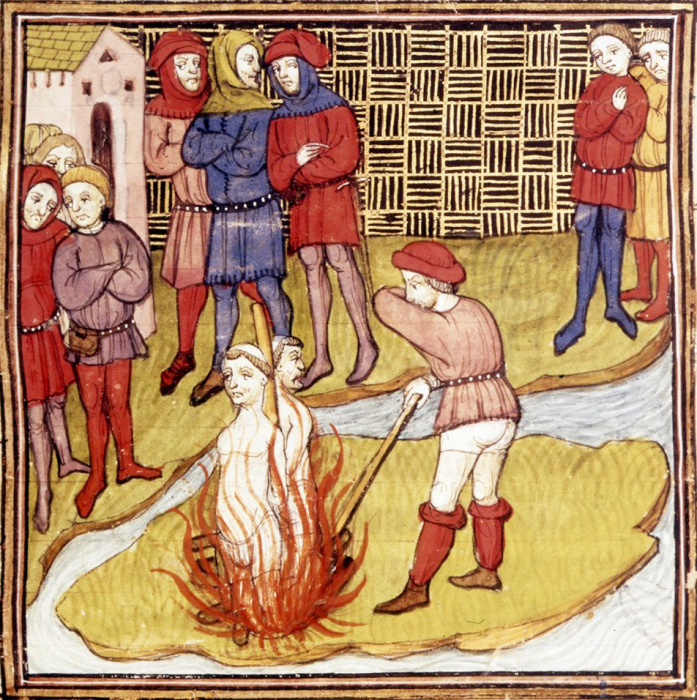
Detail of a miniature of the burning of the Grand Master of the Templars and another Templar. From the Chroniques de France ou de St Denis, BL Royal MS 20 C vii f.
IMAGE LINKED: wikimedia Attribution 4.0 International (CC BY 4.0)
Article by: Kenneth C. Jack
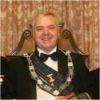
Kenneth C. Jack FPS is an enthusiastic Masonic researcher/writer from Highland Perthshire in Scotland.
He is Past Master of a Craft Lodge, Past First Principal of a Royal Arch Chapter, Past Most-Wise Sovereign of a Sovereign Chapter of Princes Rose Croix.
He has been extensively published in various Masonic periodicals throughout the world including: The Ashlar, The Square, The Scottish Rite Journal, Masonic Magazine, Philalethes Journal, and the annual transactions of various Masonic bodies.
Kenneth is a Fellow of the Philalethes Society, a highly prestigious Masonic research body based in the USA.
Recent Articles: Kenneth C. Jack
 Observations on the History of Masonic Research Archaeology is often associated with uncovering ancient tombs and fossilized remains, but it goes beyond that. In a Masonic context, archaeology can be used to study and analyze the material culture of Freemasonry, providing insight into its history and development. This article will explore the emergence and evolution of Masonic research, shedding light on the challenges faced by this ancient society in the modern world. |
 Anthony O'Neal Haye – Freemason, Poet, Author and Magus Discover the untold story of Anthony O’Neal Haye, a revered Scottish Freemason and Poet Laureate of Lodge Canongate Kilwinning No. 2 in Edinburgh. Beyond his Masonic achievements, Haye was a prolific author, delving deep into the history of the Knights Templar and leaving an indelible mark on Scottish Freemasonry. Dive into the life of a man who, despite his humble beginnings, rose to prominence in both Masonic and literary circles, leaving a legacy that continues to inspire. |
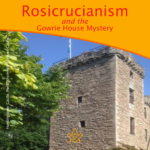 Rosicrucianism and the Gowrie House Mystery Unearth the mystifying intersections of Rosicrucianism and the infamous Gowrie House Mystery. Dive into speculative claims of sacred knowledge, royal theft, and a Masonic conspiracy, harking back to a fateful day in 1600. As we delve into this enthralling enigma, we challenge everything you thought you knew about this historical thriller. A paper by Kenneth Jack |
 Thomas Telford's Masonic Bridge of Dunkeld Of course, there is no such thing as a ‘Masonic Bridge’; but if any bridge is deserving of such an epithet, then the Bridge of Dunkeld is surely it. Designed by Scotsman Thomas Telford, one of the most famous Freemasons in history. |
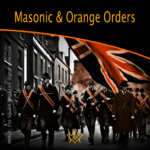 The masonic and orange orders: fraternal twins or public misperception? “Who’s the Mason in the black?” |
 Kenneth Jack's research reveals James Murray, 2nd Duke of Atholl – the 'lost Grand Master' |
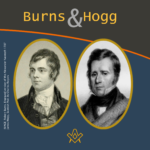 An Oration delivered to the Annual Burns and Hogg Festival, at Lodge Canongate Kilwinning, No. 2, Edinburgh, on 24 January 2018. By Bro. Kenneth C. Jack, FSAScot FPS, Past Master, Lodge St. Andrew, No. 814, Pitlochry. |
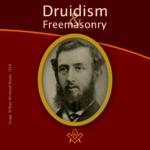 William Winwood Reade was a Scottish philosopher, historian, anthropologist, and explorer born in Crieff, Perthshire, Scotland. The following article by Kenneth Jack, provides some hints that William may have been a Freemason, but there is presently no definitive evidence he was. |
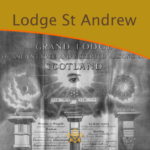 What's in a name? A brief history of the first Scottish Lodge in Australia - By Brother Kenneth C. Jack, Past Master, Lodge St. Andrew, No. 814, Pitlochry |
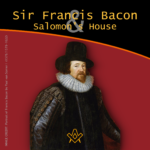 Sir Francis Bacon and Salomon’s House Does Sir Francis Bacon's book "The New Atlantis" indicate that he was a Rosicrucian, and most likely a Freemason too? Article by Kenneth Jack |
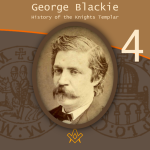 George Blackie – The History of the Knights Templar P.4 The final part in the serialisation of George Blackie's 'History of the Knights Templar and the Sublime Teachings of the Order' transcribed by Kenneth Jack. |
 George Blackie – The History of the Knights Templar P.3 Third part in the serialisation of George Blackie's 'History of the Knights Templar and the Sublime Teachings of the Order' transcribed by Kenneth Jack. |
 George Blackie – The History of the Knights Templar P.2 Second part in the serialisation of George Blackie's 'History of the Knights Templar and the Sublime Teachings of the Order' transcribed by Kenneth Jack. |
 George Blackie – The History of the Knights Templar P.1 First part in the serialisation of George Blackie's History of the Knights Templar and the Sublime Teachings of the Order – by Kenneth Jack |
 Little known as a Freemason, Bro Dr Robert ‘The Bulldog’ Irvine remains a Scottish rugby legend, and his feat of appearing in 10 consecutive international matches against England has only been surpassed once in 140 years by Sandy Carmichael. |
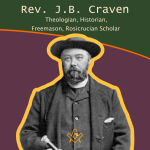 Rev. J.B. Craven: Theologian, Historian, Freemason, And Rosicrucian Scholar Archdeacon James Brown Craven is one of those unsung heroes of Scottish Freemasonry about whom very little has been previously written – here Kenneth Jack explores the life and works of this remarkable esoteric Christian. |
 Discover the powerful family of William Schaw, known as the 'Father of Freemasonry' |
 This month, Kenneth Jack invites us to look at the life of Sir William Peck; - astronomer, Freemason and inventor of the world's first electric car. A truly fascinating life story. |
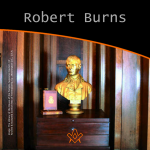 A Tribute to Scotland's Bard – The William Robertson Smith Collection With Burns' Night approaching, we pay tribute to Scotland's most famous Bard – The William Robertson Smith Collection |
 The Joy of Masonic Book Collecting Book purchasing and collecting is a great joy in its own right, but when a little extra something reveals itself on purchase; particularly with regards to older, rarer titles.. |
 Masons, Magus', and Monks of St Giles - who were the Birrell family of Scottish Freemasonry? |
 The 6th Duke of Atholl - Chieftain, Grand Master, and a Memorial to Remember In 1865, why did over 500 Scottish Freemasons climb a hill in Perthshire carrying working tools, corn, oil and wine? Author Kenneth Jack retraces their steps, and reveals all. |
 Charles Mackay: Freemason, Journalist, Writer Kenneth Jack looks at life of Bro Charles Mackay: Freemason, Journalist, Writer, Poet; and Author of ‘Tubal Cain’. |
 A Mother Lodge and a Connection Uncovered, a claim that Sir Robert Moray was the first speculative Freemason to be initiated on English soil. |
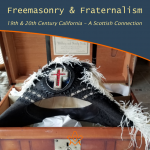 What is it that connects a very old, well-known Crieff family, with a former President of the United States of America? |
 The life of Bro. Cattanach, a theosophist occultist and Scottish Freemason |
 The Mysterious Walled Garden of Edzell Castle Explore the mysterious walled garden steeped in Freemasonry, Rosicrucianism, and Hermeticism. |
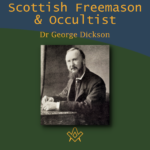 Dr. George Dickson: Scottish Freemason and Occultist Bro. Kenneth explores the life of Dr George Dickson a Scottish Freemason and Occultist |
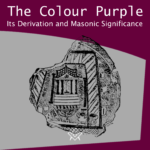 The Colour Purple - Its Derivation and Masonic Significance What is the colour purple with regards to Freemasonry? The colour is certainly significant within the Royal Arch series of degrees being emblematical of Union. |
 Bridging the Mainstream and the Fringe Edward MacBean bridging mainstream Freemasonry with the fringe esoteric branches of Freemasonry |
 Freemasonry in the Works of John Steinbeck We examine Freemasonry in the Works of John Steinbeck |
 Renegade Scottish Freemason - John Crombie Who was John Crombie and why was he a 'renegade'? |
 Scottish Witchcraft And The Third Degree How is Witchcraft connected to the Scottish Third Degree |
masonic knowledge
to be a better citizen of the world
share the square with two brothers

click image to open email app on mobile device
